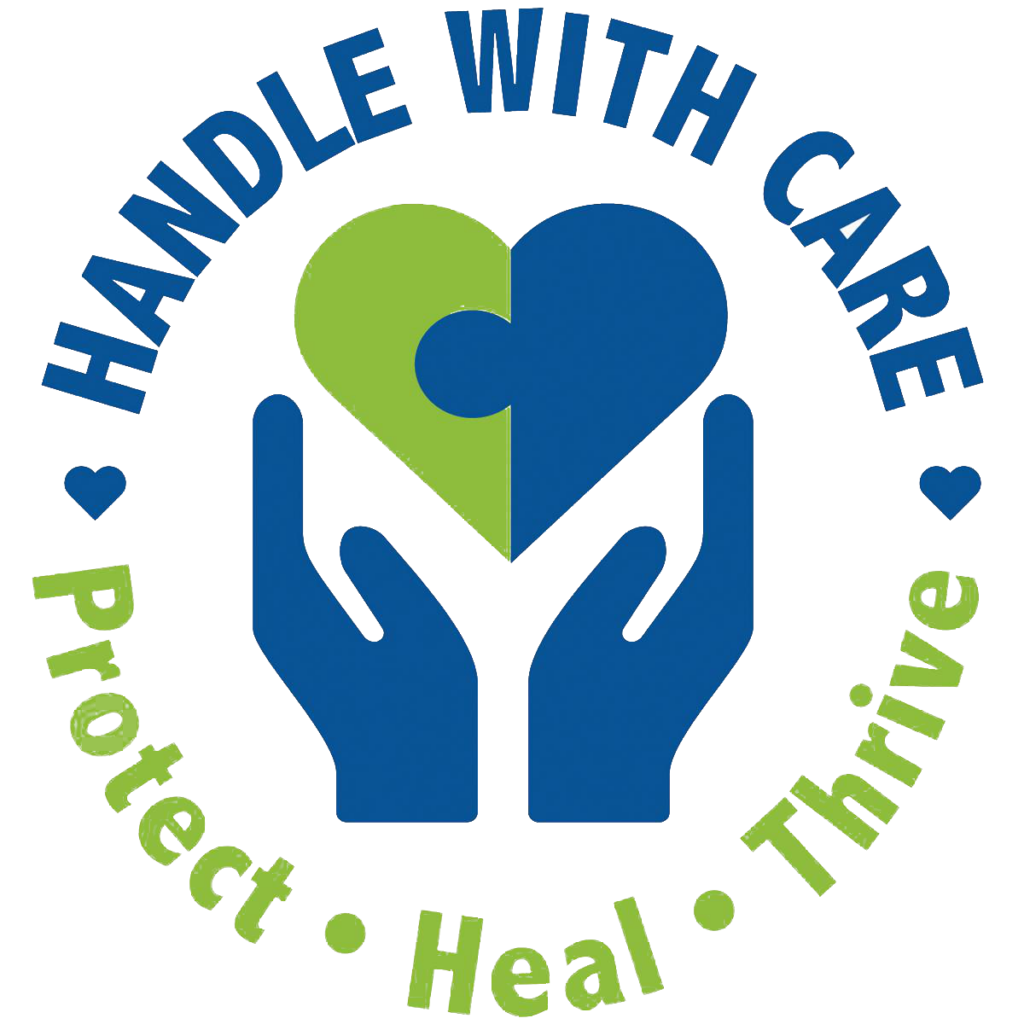
Finding Treatment
What to Look for – and What to Avoid – when Searching for an Addiction Treatment Program
Unfortunately, addiction treatment can be a profitable opportunity for those preying upon vulnerable families. Some parents have children who have become victims of the ‘patient brokering’ system. This a network of kickback schemes in which brokers receive payment for referring patients to specific treatment facilities. Often, these facilities do not provide quality treatment at all.
Even well-meaning health care professionals may unintentionally point you in the wrong direction simply because addiction treatment is not their area of expertise. Learning how to navigate the treatment system can be a difficult process. However, if you do your research, ask for help, network, and ask the right questions, you can be your child’s best advocate.
It’s recommended that you start with a trusted addictions counselor and not with an online search. Use the following as a reference guide to help form what questions to ask. Then, you can quickly eliminate any questionable providers from your list.
WHAT TO LOOK FOR
The following are markers of a quality treatment facility:
They have easily-identifiable contact information and a physical address. It should be like looking up a restaurant. Can you find where they’re located and how to get in touch with a real person?
Their website has photos of real people, staff and facilities. Look for real-life representations of the space and the staff, as opposed to generic images.
They’re accredited. It’s a good sign if they possess the Joint Commission Accreditation for Addiction Treatment (JCAHO)’s Gold Seal for Behavioral Health; or a certification of the Commission on Accreditation of Rehab Facilities (CARF).
They have full-time staff with addiction counseling credentials. Full-time staff that provide individual and group counseling treatment should have professional credentials, not just be in recovery.
They understand and are equipped to handle co-occurring disorders if needed for your child. Quality programs will have co-occurring disorder treatment integrated into the curriculum. This can also be folded into dedicated tracks for anxiety, ADHD, trauma, eating disorders, gambling, etc. This goes beyond simply telling patients, “You can bring your other meds.” They should be able to provide mental health assessments, identify appropriate interventions and prescribe medications if required.
The program is gender- and age-appropriate. The developmental needs of a teen are very different from those of a young adult or adult. Similarly, the experiences of young women who have struggled with substance use are typically very different from those of young men. Stronger treatment facilities will offer separate programming to address these differences rather than place your child in a one-size-fits-all program.
They treat detox medically. Detox for alcohol and benzodiazepines requires medical supervision to ensure seizures don’t occur. Therefore, make sure that if the program offers detox, they also have 24-hour medical care. The program should also offer medication to alleviate specific symptoms of withdrawal like restlessness, nausea and diarrhea.
They practice evidence-based treatments. Ask if they practice life/coping skills and evidence-based treatments, such as:
- Cognitive Behavioral Therapy (CBT)
- Dialectical Behavior Therapy (DBT)
- Acceptance-Commitment Therapy (ACT)
- Community Reinforcement Approach (CRA)
- Community Reinforcement and Family Training/Motivational Interviewing (CRAFT/MI)
- Multi-Dimensional Family Therapy (MDFT)
- Medication-Assisted Treatment (MAT)
It’s important to understand that these approaches are the foundation of group and individual counseling, not just knowledge that one or two counselors on staff are familiar with.
They readily provide their day-to-day schedule. Request to see a program calendar to see how the day is structured and supervised, which should include:
- Group v. individual counseling sessions
- Recreational activities
- Chores or other responsibilities
- Support groups
- Weekday v. weekend programming structure
They include family as part of the process. Good treatment will have programs for family to be more involved as part of the process, beyond a simple phone check-in. Usually the family component includes education on substance use disorders, understanding the family dynamics, and ways the family can support their child’s recovery.
They have a very clear step-down or discharge process. Better facilities take continuing care seriously, and offer dedicated discharge planners to ensure all aftercare appointments are set up in advance of discharge. Some facilities offer to assign a mentor through a 12-step group or an alumnus of the treatment center or will continue to call post-treatment to see how your child is progressing.
They are very clear and up-front about costs. There should be no surprises. Good programs will be very up-front about insurance deductibles, co-pay and other out-of-pocket costs (i.e., money for incidentals, food, recreational activities, etc.). Be sure to also ask about frequency and billing for urine screens and any other tests.
They have a policy on no “kick-backs” for referrals. Quality programs won’t pay for patient referrals and will not engage in patient brokering practices.
Red flags
Conversely, there are some immediate “red flags” or warning signs of those treatment centers that may not have your child’s best interest at heart:
☒ The website makes it difficult to track down a physical address or talk to someone actually at the facility. Many websites have 800 numbers, which may not connect you with the actual facility in your search. Rather, they are referral services who are paid for filling beds at treatment centers. Additionally, some websites use names similar to popular treatment centers, so you may think you’ve reached the reputable facility, but that isn’t the case.
☒ You see a lot of stock photography and enticing landscapes. Websites may feature beautiful beach scenes, mountain vistas and spa pictures to distract from the lack of actual facility pictures.
☒ Their only staff are people in recovery. While those who have gone through recovery themselves can be a major asset to your child as they approach their own recovery, by no means should they represent the only staff. There should be professional clinicians with addiction counseling credentials providing evidence-based treatments.
☒ They have a “one-size-fits-all” approach to treatment. Your child shouldn’t be lumped in with a large, varied group (such as older adults), nor should their treatment be led by a single-style program. Rather, the treatment should be personalized to their needs. 12-step programs are helpful to many during treatment, but this shouldn’t be the only element of the treatment program.
☒ They over-emphasize the “environment” of the facility and its amenities. While big-screen TVs, private rooms and pools are nice amenities, they’re not treatment for addiction. Be wary of treatment centers that spend more time talking about the facility than their clinical services.
☒ They don’t have a thorough day-to-day schedule of activities, or won’t let you see one. Good programs will have lots of structure to define counseling sessions, recreational activities and responsibilities. If you ask and they are only able to give you verbal highlights or tell you that you must be enrolled in the program before seeing the specifics, be wary.
☒ They don’t have many options for family involvement. If “family involvement” for this program means a simple one-off call or visitation, it’s not likely to be a quality program. Good programs will recognize that the family’s role is paramount to the recovery process.
☒ They’re not clear on the step-down or discharge process. One of the most important parts of treatment is to have a plan for continuing care, when your child leaves the facility. Be cautious if everyone from the facility is discharged to the same sober living facilities and intensive outpatient programs. Good facilities have delineated staff roles to structure quality aftercare including vetting programs and professionals they are recommending.
☒ Their policy is to discharge your child without any supports if they relapse while at their facility. Programs should be designed to keep all participants safe, so addressing use of substances while in treatment is critical. That said, kicking someone out who relapses without any supports can be dangerous. Quality programs have procedures in place to address relapses, which may include sending the person to a detox facility for a few days or transferring them to another program.
☒ They are extremely murky on costs. Less reputable places will make claims of low, all-inclusive costs, but once your child arrives, you’re told that your insurance won’t cover certain charges or there is an unexpected out-of-pocket outlay. This is especially true for lab tests including urine screens, but may also apply for food, recreational activities, etc. Generally speaking, residential programs will ask for a drug screen on admission, and otherwise only after extended periods of time off campus. In outpatient programs, screens are done randomly, usually once or twice a week.
☒ They offer to find health insurance or waive deductibles. In some cases, unethical facilities will offer to “sign you up for insurance” and/or waive all or a portion of the co-pay. Once your child is in treatment, they may charge you for treatment that you thought would be covered by your child’s new insurance plan.
☒ They offer to pay for flights and hotels to get your child to treatment. Often using patient brokers, less reputable programs will offer incentives, such as free flights, hotels, massages, etc., to get your child to treatment. In most situations, it’s illegal to offer to fly your child to their facility as that’s considered a solicitation.
☒ They offer to pay for free recovery housing. Again, the offering of something free that sounds too good to be true probably is.
☒ They talk about “curing” your child, especially in a short amount of time. Struggling with substance use and addiction is a process that usually follows an individual throughout their entire lifetime. It is not something that can be magically “fixed” in a short time. As nice as it sounds, claims of rapid detoxes and instant recovery are not realistic and are plainly untruthful. Be very wary of bold claims like this.
☒ They claim that they have “high success rates.” Because every individual circumstance is different, and because relapse is extremely common with substance use, “success rates” don’t hold a lot of weight — particularly if they’re pitched in a “salesy” manner.

